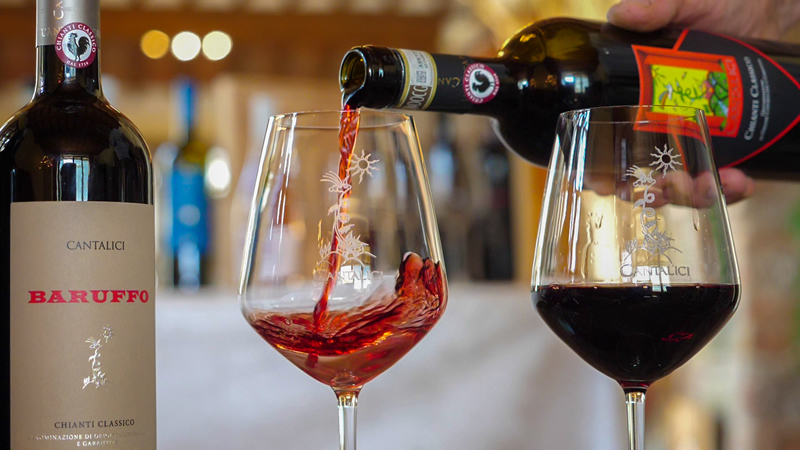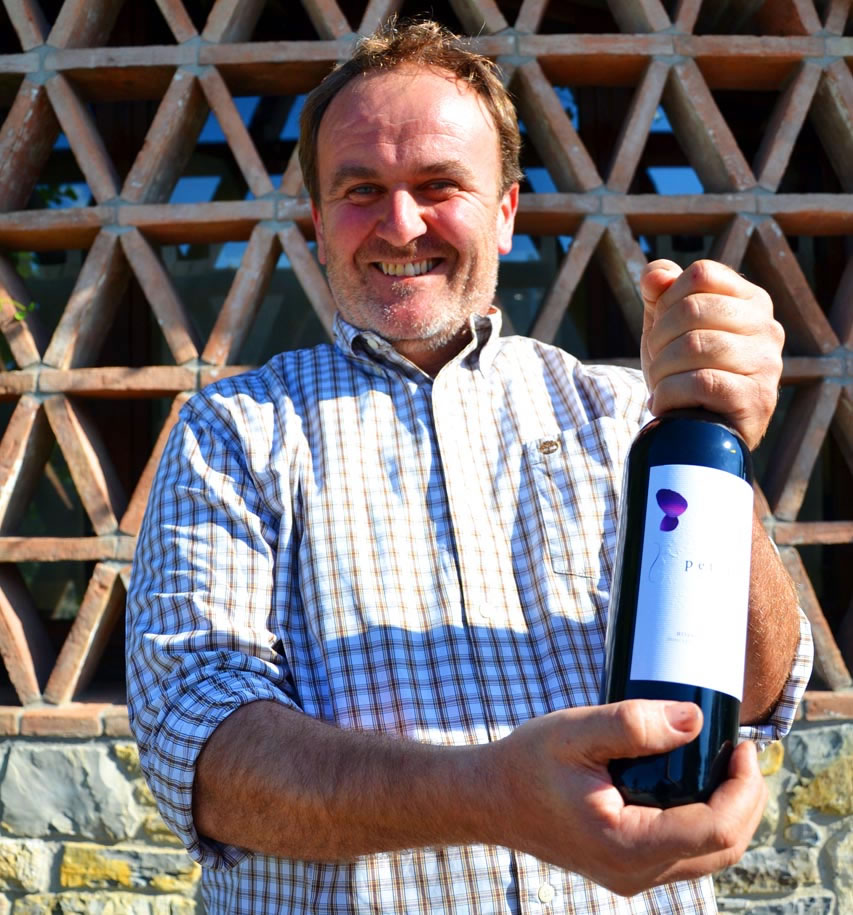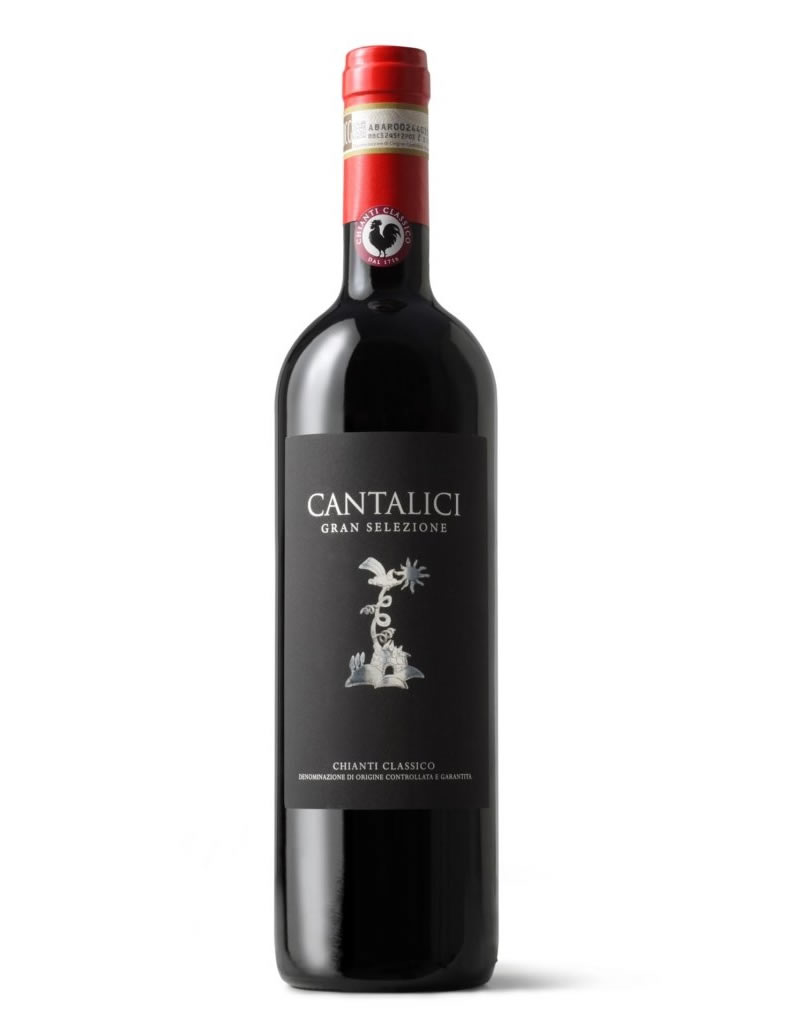Which is the right order to clearly perceive the differences between wines in a home wine tasting?
The first suggestion is about the choice of wines: if you wish to taste more wines, try to pair them according to the taste, and always start from the more delicate wine to the more full-bodied. In this way, your palate will be able to “recognize” the differences among different tastes, and it will accustom gradually.
Therefore, for instance: always start with white wines, and then proceed with rosé, then with young red wines, and finally, with reserve red wines.
How many wines should one taste, more suitable glasses, and serving temperature
Our advice is to taste no more than 3 or 4 wines, to avoid perfumes get mixed up.
 Usually, after having tasted a wine, one spits it out and does not drink it. But, considering you are already at home and you have not to drive, you may just drink your wines... it would be a pity to waste them!
Usually, after having tasted a wine, one spits it out and does not drink it. But, considering you are already at home and you have not to drive, you may just drink your wines... it would be a pity to waste them!
After having chosen the wines you will taste, we can skip to the choice of the right glass for serving them.
The right glass is very important to taste wine. Plastic glasses and usual water glasses are absolutely inadequate: you need a large stem glass so that wine will oxygenate and its aromas and flavors will bring able to fully express.
Then, let's talk about service temperature, another important detail for a nice at-home wine tasting.
Remember: for white and rosé wines the temperature must be low, but not too low. For instance, to bring white wine to the temperature of 2°C means eliminating any olfactory and gustatory scents (in fact a bad wine becomes acceptable if it’s very cold!)
Here below we give you some more accurate indications about service temperatures, according to wine type:
•Young white wines: between 8°C and 10°C
•Structured white wines (with aging in wood): 10- 12°C
•Rosé wines: 12-14°C, this way you keep the freshness and also marked flavors
•Young red wines: 14-16°C to enhance the floral and fruity notes
•Red wines: with a medium structure 16-18°C; very structured 18-20°C
All these temperatures are indicative and changeable on the base of wine.
Tasting wines using 3 senses
Now we use your senses: three, in particular, are linked with wine tasting and this is only a little overview…
First of all, sight
Let’s observe our wine trying to understand its color tonality.
It’s easier if we hold our glass over a white tablecloth. For structured wines if we hold the glass in the backlight, we can see “archettes” on the surface of the glass: their presence and persistence are connected to the alcoholic content.
Smell
Smelling the wine will help us retrieve some information about the geographical area, terroir, and the kind of wood used for aging in barrels.
Taste
After smelling the wine, eventually, we can taste it. It could be fresh, sour, a little bitter, astringent, dry, mellow, full-bodied, smooth, and have more or less persistence in the mouth. You’ll be able to taste floral or fruity or woody notes.
A final suggestion: note your impressions down on a piece of paper, and then share them with your friends, to confront your perceptions with others.
Cantine Cantalici Shop Online
More products you may be interested...
Tangano - Tuscan IGT red
The Tuscan IGT Tangano is an intense, vigorous and soft wine that gives its best combined with roasted and moist game.
Grappa of Vinsanto
Grappa of Vin Santo, Reserve, is a distilled product silky and soft with hints of raisins.
Chianti Classico DOCG Gran Selezione
Our Chianti Classico Gran Selezione has such an intense color: it wraps the palate and is fully persistent. To be pared to honor equally strong flavors.
Chianti Classico DOCG Baruffo - Reserve
An intense Chianti Classico Reserve, fragrant, soft and fresh. Excellent to be pairing with grilled meat and roasts.

"PSR 2014-2020 - Measure 4.1.3 PID 2019. Participation in integrated planning by agricultural companies."
Transformation/marketing of agricultural products: Buildings for the conservation/storage of primary and/or processed agricultural products (Buildings and masonry works). Renovation of the roof covering of the building located in the Municipality of Gaiole in Chianti Sheet 34, part. 122 subordinate 8, for a surface area equal to 1922 m²
(portion highlighted in the project)
Investment made with financing FEASR - CUP ARTEA: 1014205 - CUP cipe: D52H22000190007

"Measure 4.2.1 – GAL Siena – Investments in the transformation, marketing and/or development of agricultural products."
CELLAR MODERNATION: intervention carried out and co-financed with the contribution of the PSR 2014-2022 of the Tuscany Region - Measure 4.2.1. of the GAL Leader Siena
CUP ARTEA: 1245832 – CUP CIPE C55B24000230007

 Suggestions on leading a wine tasting at home: advice by an expert
Suggestions on leading a wine tasting at home: advice by an expert


